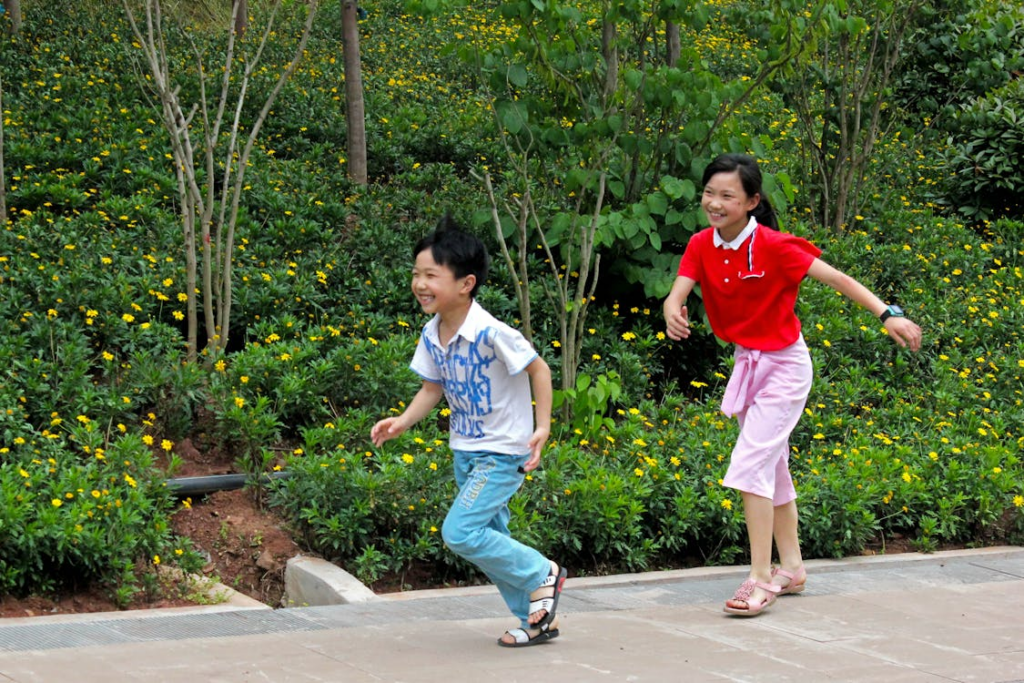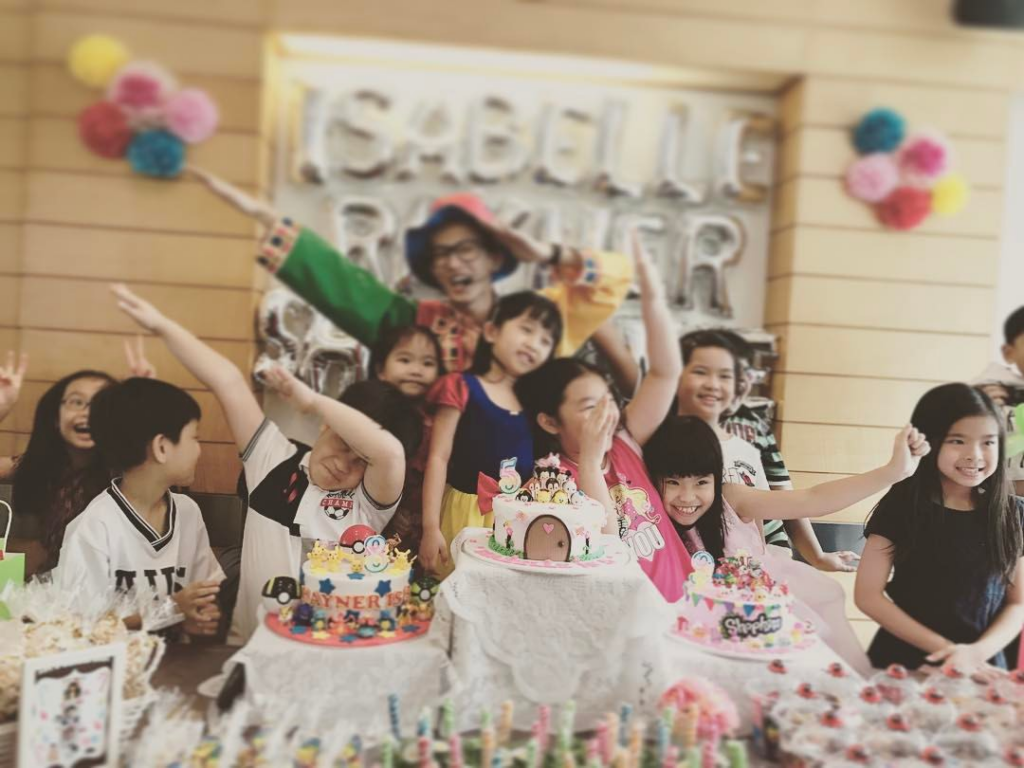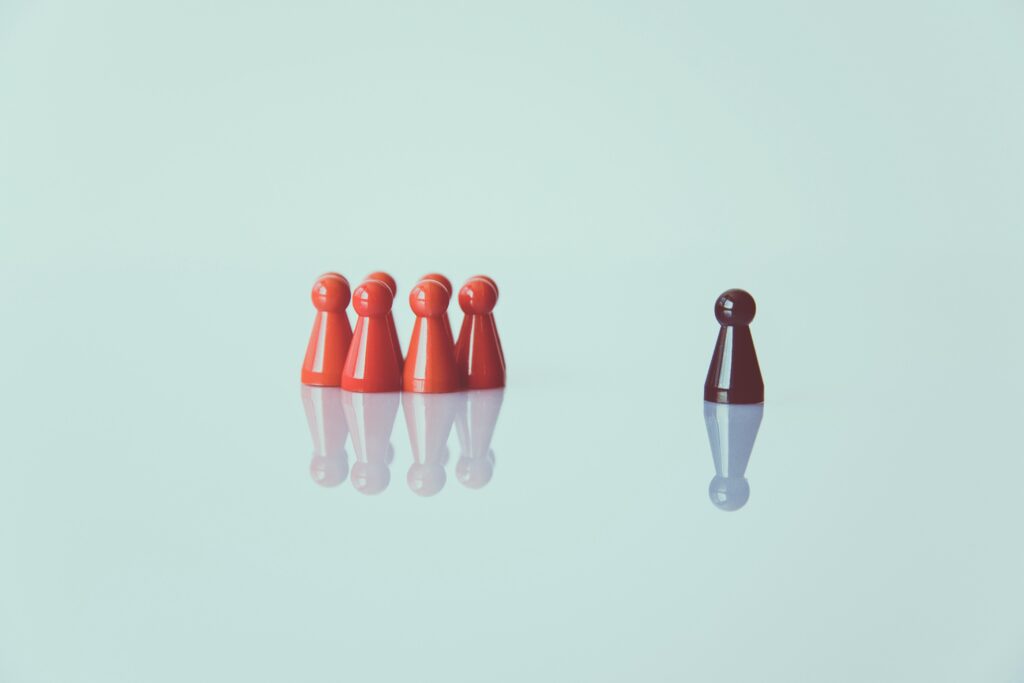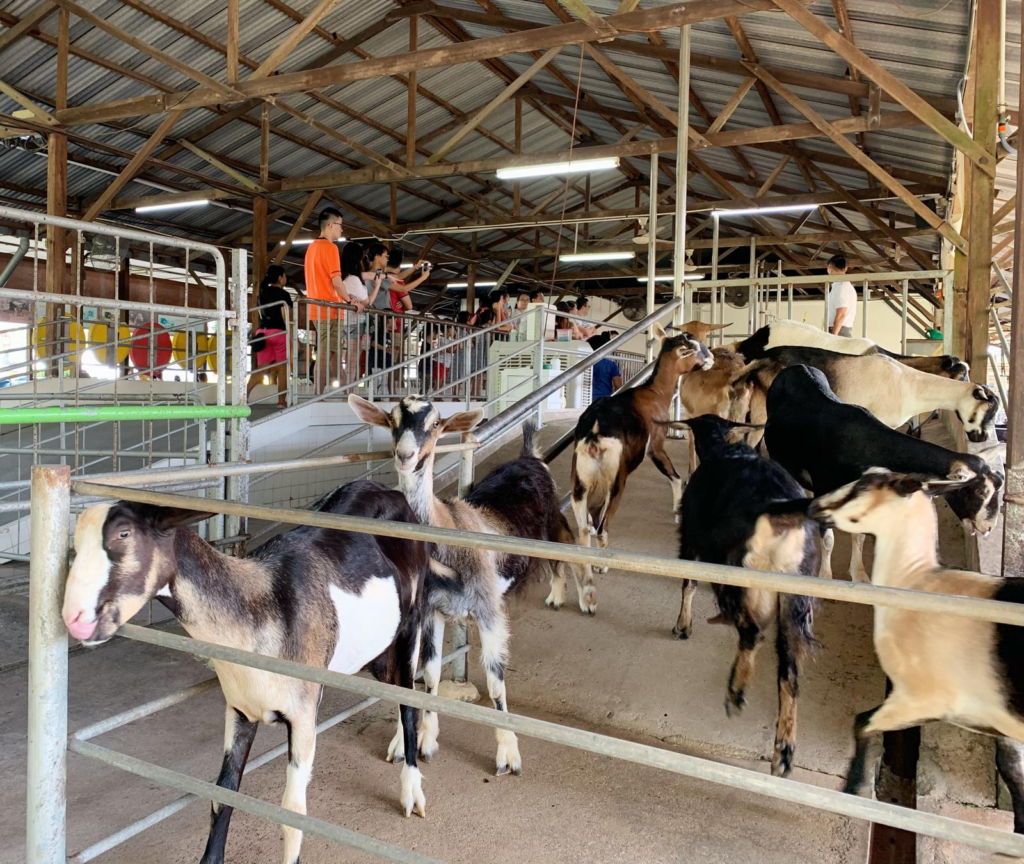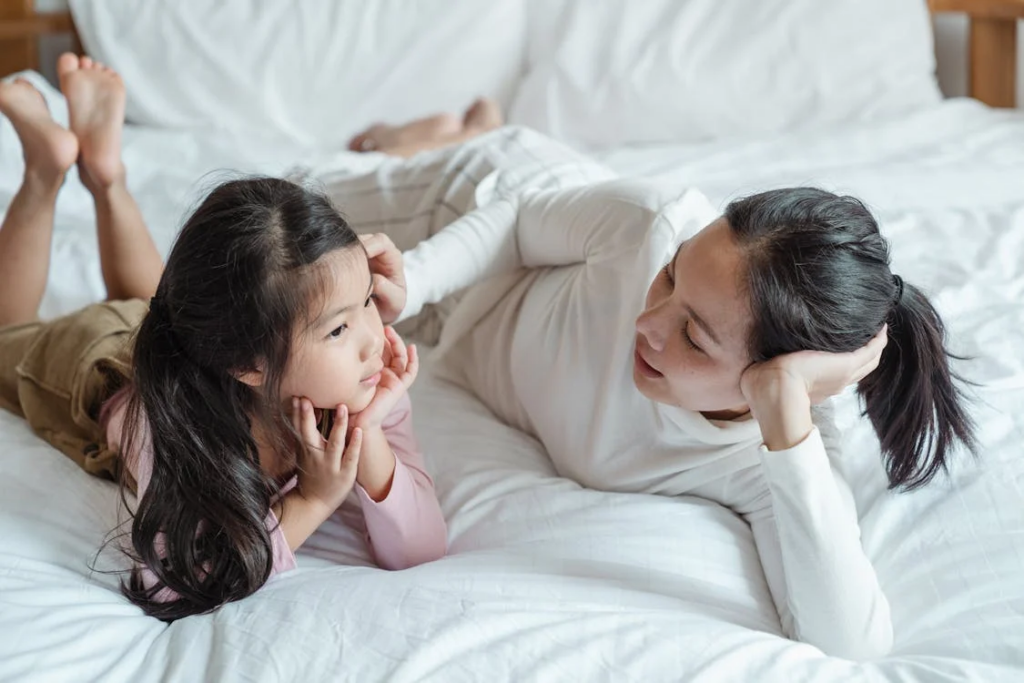"Starting the conversation about smoking, drugs, and alcohol can protect your teen from harmful influences."

Smoking, drugs, and alcohol can be sensitive topics but they can be important topics to discuss with your teen. Children are exposed to these substances and some feel the pressure to use them from a surprisingly young age. Influences come from various sources, including television, movies, and advertisements, which can glamorise or normalise substance use.
To guide your child towards making healthier choices, it’s important to address these issues proactively. Here are some helpful guidelines on how to start the conversation and support your kids in staying substance-free. Understanding why teens might be tempted to use these substances is also key to providing effective guidance and support.
Start Early

Experts recommend beginning conversations about smoking, drinking, and drug use at a young age. Addressing these topics early helps set a foundation for understanding and can prevent future issues. At a young age, explain that using substances can cause harm to oneself and others, reinforcing the importance of making safe choices.
This early discussion is particularly crucial if there is a family history of alcohol or drug problems. Children with such backgrounds are at a higher risk of developing substance abuse issues themselves. By initiating these conversations early, you can help your child develop a strong sense of the risks and make informed decisions.
As your child grows older, keep the dialogue going about drugs, alcohol, and tobacco. Regularly revisit the topic to reinforce your views and ensure they understand your stance. Be clear about your beliefs and the reasons behind them, helping your child grasp why these substances are dangerous. It’s important for your child to understand that there are no safe street drugs.
Why Teens Use Drugs, Alcohol, and Tobacco

Understanding why teens may turn to drugs, alcohol, and tobacco can help frame the conversation in a more empathetic way. One common reason is the desire to experiment. Teens are naturally curious and often seek new experiences, especially those that seem exciting or risky. This curiosity can sometimes lead them to try substances without fully understanding the consequences.
Peer pressure is another significant factor. Many teens use drugs, alcohol, or tobacco as a way to fit in with their peers. The need to belong and be accepted can be strong, and substances might seem like a shortcut to social acceptance.
The appeal of feeling good also plays a role. Drugs, alcohol, and tobacco can produce feelings of euphoria, pleasure, or relaxation, which can be very tempting, especially if they’re dealing with stress or dissatisfaction. Smoking, for instance, might offer a sense of calm or a way to take a break, which can be particularly alluring during stressful times.
For some, substance use is a way to cope with trauma, stress, or pain. They might use drugs, alcohol, or tobacco to manage mental or physical health issues or to escape from difficult situations.
Lastly, popular culture contributes to this issue. Movies, television, and music often glamorise drug, alcohol, and tobacco use, which can influence teens’ perceptions and make these substances seem more appealing or acceptable. Understanding these motivations can help in having more effective and supportive conversations with teens about the risks and realities of substance use.
Try Not to Overreact

When it comes to talking to teens about sensitive topics like smoking, drugs, and alcohol, it’s important not to overreact. Reacting too strongly could make your teen feel defensive or shut down, making the conversation difficult.
Instead, try to stay calm and listen to what they have to say. Give them the space to express themselves without jumping to conclusions. This will create an open environment where they feel heard and respected.
Approach the conversation in a non-judgmental way. If your teen senses judgement, they may be less likely to open up in the future. It’s crucial to maintain trust and keep communication lines open.
Overreacting can have long-term effects, too. If they feel you’re not approachable, they may hesitate to come to you with problems again. That’s why it’s key to stay composed, allowing them to feel safe sharing their thoughts and concerns.
Know Their Friends and Social Circles

Always be aware of who they’re spending time with and where they’re going. It’s important to know where your children are and who they are with, so you can gauge the influences they might be exposed to.
Be mindful of their social circle. If their friends frequently have access to alcohol, cigarettes, cannabis, or other drugs, it could increase the likelihood that your teen will encounter these substances earlier than expected.
As sleepovers and parties can begin before high school, staying informed about these gatherings is essential. Be aware of where your children are heading and make it a point to check with their friends’ parents about the setting. Monitoring your teen’s social activities, even when you’re not there, helps ensure they are in safe and appropriate environments.
Educate Them on the Effects and Risks

Teens might not be fully aware of the effects these substances can have on their bodies and brains, both in the short and long term. They may have either not received accurate information or have been misinformed.
When explaining the risks, it’s important to highlight that increased use of these substances can lead to significant long-term problems. For instance, alcohol can have immediate effects such as lowered inhibitions, increased risk of interpersonal conflict, altered behaviour, and even alcohol poisoning. Over time, alcohol use can contribute to serious health issues like cancers (including those of the colorectum and female breast), diabetes, liver diseases, and nutrition-related conditions such as folate deficiency and obesity.
Smoking also carries severe long-term risks. Smokers are at a higher risk of developing heart disease, stroke, and lung cancer. The side effects of drug use, while often starting as mild issues like stomachaches or dry mouth, can escalate to more serious problems like nausea, abdominal pain, liver damage, seizures, mental confusion, and lung disease.
Discussing these effects helps teens see the broader impact on their future. Reinforce the idea that they are bright students with a promising future, and making healthy choices now will help them stay on track toward their goals.


















